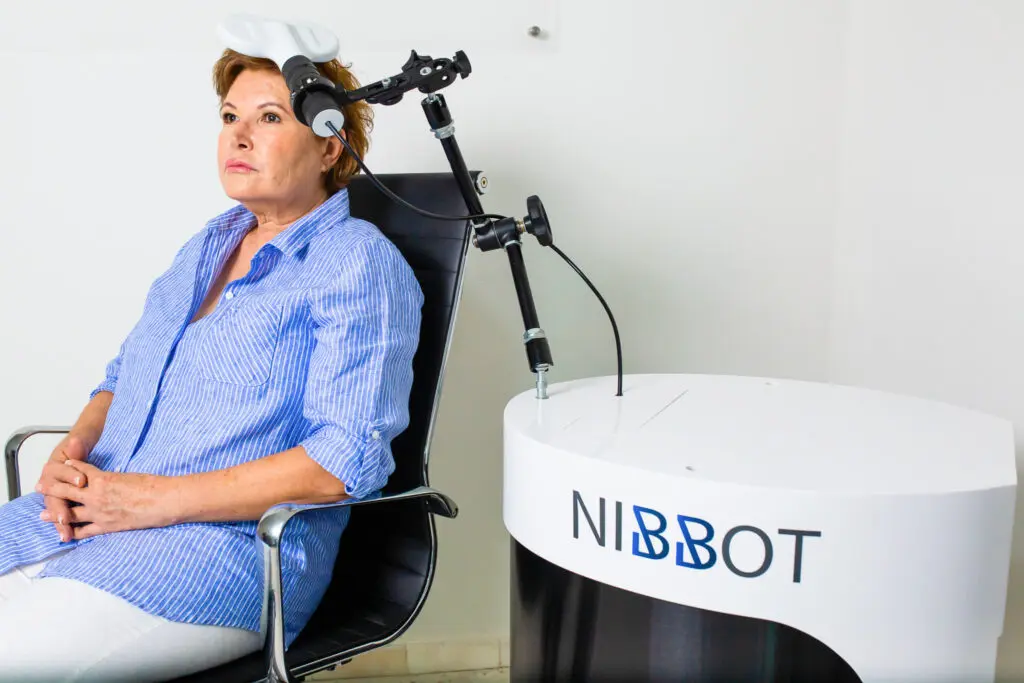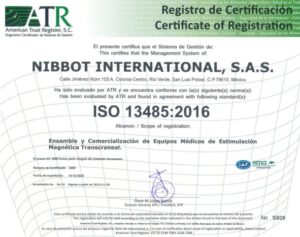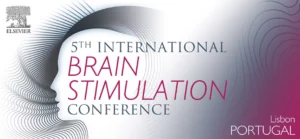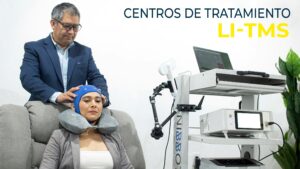Incorporation of T-PEMF magnetic stimulation as a non-invasive Electromagnetic Neuromodulator treatment – Pascual Leone
Driven by the limitations of traditional approaches to the treatment of depression, there has recently been an increase in studies examining the utility of various non-invasive treatment methods to achieve neuromodulation in the treatment of depression. In this article, Rohan et al. (1) reports a substantial improvement in mood immediately after a 20-minute treatment of low-field magnetic stimulation (LFMS or TPEMF) application, performed with a novel portable tabletop device Figure 1. The stimulation paradigm that was used consists of an oscillating magnetic field of 1 kHz.
In the current study, the LFMS was applied in a double-blind, sham-controlled design to a heterogeneous group of 63 patients with bipolar depression. Major depressive disorder and effects on mood were assessed. using primarily an observer-rated, self-rated 17-item visual analogue scale Hamilton Depression Rating Scale (HDRS-17). The authors found that real LFMS produced immediate improvement on several scales in the pooled population of depressed patients compared with sham treatment. Although they must be interpreted with caution and much more work is needed before the clinical utility of the approach can be determined, these results are very intriguing. A particularly surprising aspect of the LFMS effect is that mood change was elevated immediately after brief treatment, unlike psychiatric treatments, including standard neuromodulatory electroconvulsive therapy (3), which generally show a mild onset. slower in effect, usually requires weeks before placebo is discontinued in sham-controlled clinical trials. While ketamine has been shown to have a rapid antidepressant effect within 24 hours (4).
Rohan et al. (1) were able to demonstrate an improvement in mood 10 to 15 minutes after the end of the therapy session, although whether these effects had durability could not be determined given the study design. Rapidity of onset may be an essential factor in the clinical setting, where few effective treatment options are available to quickly help patients at high risk for acute suicide. The LFMS approach has other notable strengths, including a completely non-invasive approach with no known adverse effects. The absence of any physical sensation with stimulation allows for fairly robust blinding, which is a benefit for future trials. The device is also small and portable, allowing for possible future use in the home, and uses relatively familiar technology and features.






